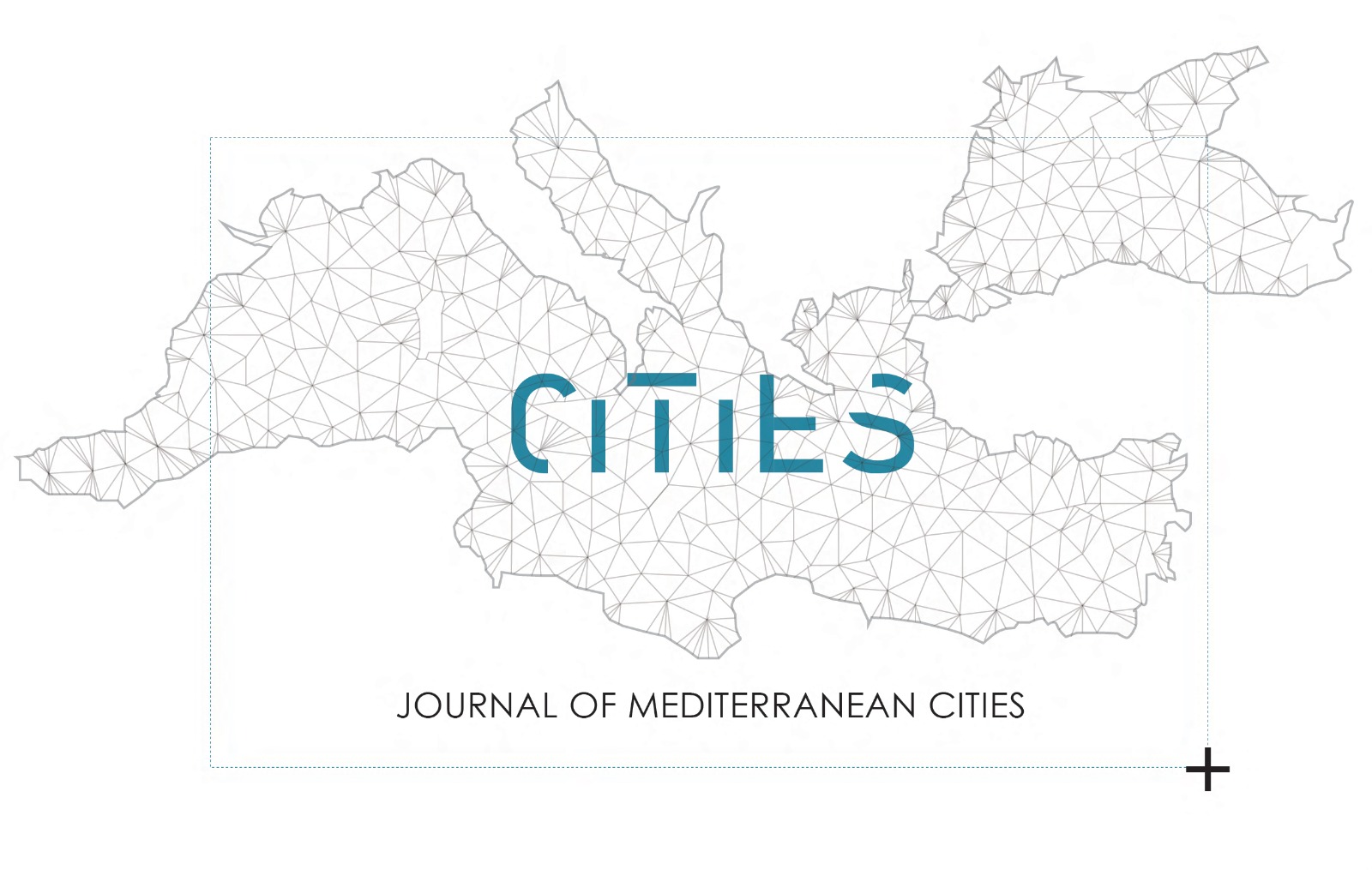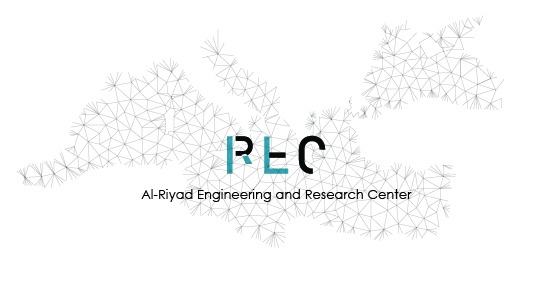The Landscape Urban Planning Approach for Improving Urban Air Quality, Case Study of Algiers, Algeria
DOI:
https://doi.org/10.38027/mediterranean-cities_vol3no1_2%20Keywords:
Air Quality; Urban Quality of Life; Urban Ecosystem; Landscape Architecture; AlgiersAbstract
Gardens and urban parks are areas of great importance for the support of the urban ecosystem, in addition to their psychological and therapeutic values; they provide the urban environment with a large amount of oxygen. Trees produce oxygen through the operation of photosynthesis; one hectare of eucalyptus tree annually produces oxygen for 37 to 80 people, and absorbs 25, 000 kg of carbon dioxide for the same period of time. Wooded zone in urban areas significantly improve and purify the quality of the air that we breathe and make living environments healthier. A recent study carried out by the World Health Organization (WHO) revealed that the MENA region (Middle East and North Africa) is one of the most polluted in the world, air polluted by particulate matter smaller than 2.5µm (PM2.5). For the case of Algiers, measurements were taken during the first two months of the year 2023 by the station of the United States Embassy in Algiers, showed that daily average of 14 µm/m3 for particulate matter less than 2.5 µm/m3 and a daily average of 50 for the IQA, air quality index. According to the US EPA's NAAQS, any measurement above 12.0 μg/m 3 (US AQI 50) may be hazardous to human health. Several factors of an exogenous and endogenous nature act directly on the quality of the air in large urban concentrations, CO2 emissions, modes and nature of urban mobility, uncontrolled urban sprawl. High population densities, urban forms, morphology, the size of cities, which getting larger and larger, the choice of urbanization models, and the surface of wooded areas, all are, factors responsible for air quality. This study will be particularly interested in the contribution of gardens, parks and wooded areas in improving air quality, and consequently on the quality of the living environment in urban areas. In this respect, and to understand the situation, we take the city of Algiers as a case study. The field work will allow us to understand in a qualitative and quantitative way the contribution of the tree and the choice of tree species, understanding co-relation between landscape architecture decision and results obtained on the urban air quality, and try to research on how it would possible to improve air quality in urban areas by using trees new essence.
Downloads
Published
How to Cite
Issue
Section
License
Copyright (c) 2023 Belgacem SOUICI

This work is licensed under a Creative Commons Attribution 4.0 International License.
This Journal is published through an Open Journal Systems as part of the Public Knowledge Project (PKP).
This Journal is licensed under a Creative Commons Attribution 4.0 International (CC BY)


 Journal of Mediterranean Cities
Journal of Mediterranean Cities


















